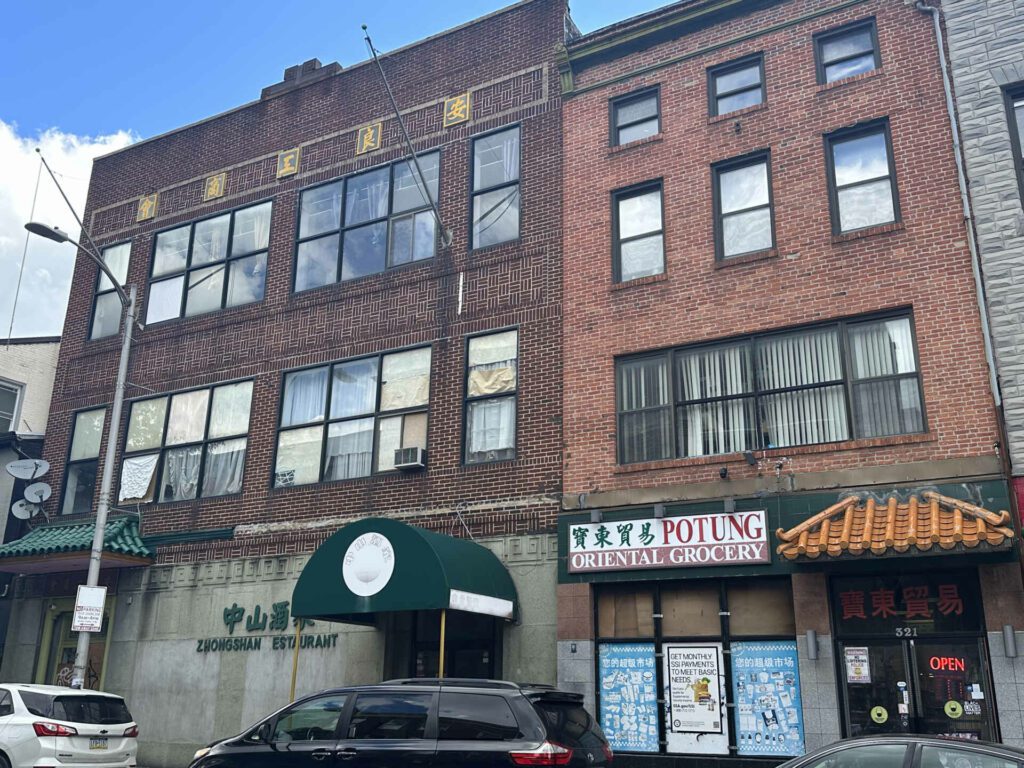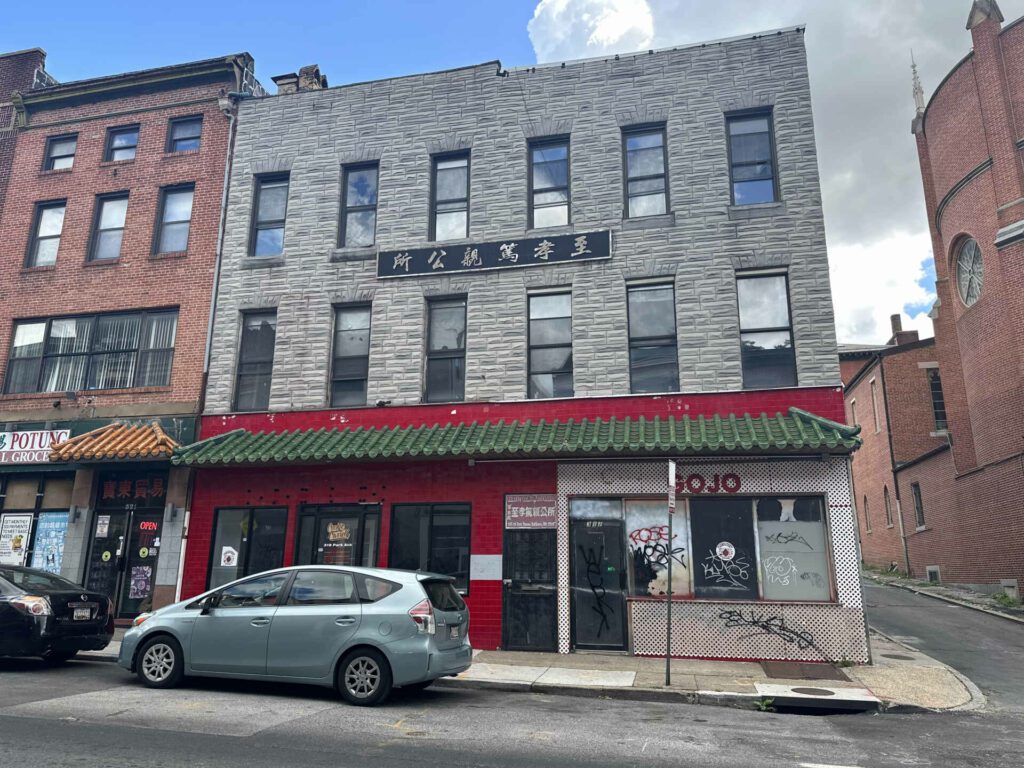In honor of Asian American Pacific Islander (AAPI) Heritage Month, RK&K is proud to be a partner with the Maryland Historical Trust (MHT) to document places associated with Asian American Heritage in the Baltimore Metropolitan area and the Maryland suburbs of Washington, D.C.
As part of the partnership, RK&K’s Cultural Resources team prepared a historic context and a National Register of Historic Places nomination form. The effort to document the heritage and culture of these communities in Baltimore and Montgomery and Prince George’s Counties, Maryland, was funded by the National Park Service’s Underrepresented Communities Grant Program.
“We’re happy to be a part of this project. It’s one of the first large-scale studies to talk about places associated with Asian immigration to Maryland, and it’s a great first step to guide future research,” said Technical Manager Nicole Diehlmann.
Our team’s research on Baltimore’s Chinatown Historic District will help promote the history of the city’s Chinese population, including newly arrived immigrants, first-generation Americans, and their descendants in the 20th century.
The historic district, partially within the city’s present-day downtown Bromo Arts District, provided a sense of community, protection, and mutual support for those who were both navigating a new land with a different language and culture, and wishing to maintain their cultural identity. The legacy of this community is still visible today, with multiple buildings in the district displaying Asian-influenced architectural elements and signage.
RK&K’s research on Baltimore’s Chinatown Historic District will help promote the history of the city’s Chinese population, including newly arrived immigrants, first-generation Americans, and their descendants in the 20th century.
Community groups such as the On Leong Chinese Merchants Association and fraternal organizations such as the Chinese Free Masons established a presence in Chinatown to provide mutual aid and support and host cultural celebrations and events. Rooms and flats above commercial spaces in most buildings in the district were rented to Chinese immigrants and newcomers to Baltimore, creating a tight-knit neighborhood from the 1920s through the 1970s. The district illustrates the evolution of the Chinese community in Baltimore, which served not only its own community, but became a downtown destination for a variety of people in the city.
“The residents provided goods and services to the community, and it was a very tight-knit community where people lived and worked together. The Chinese immigrants enriched the cultural fabric of and brought new traditions to the city,” Diehlmann said.
RK&K is also collaborating with the Maryland-National Capital Park and Planning Commission of Montgomery County on a complementary project to help identify historical and cultural resources associated with Montgomery County’s AAPI community. That study, in its finishing stages, focused on the late 20th and early 21st centuries when Asian American and Pacific Islander communities in the county grew significantly.
“It’s really exciting when you see a lot of the hard work and research result in something that celebrates our history,” Diehlmann added. “It’s great to see a community that hasn’t really been talked about a lot get more representation, and we want to see that continue.”
Check out more of our team’s extensive research to preserve the heritage of these communities.
RK&K is committed to ensuring an environment free of discrimination and racial bias that welcomes, respects, develops, and leverages our individual differences. Learn more about our commitment to DE&I.






